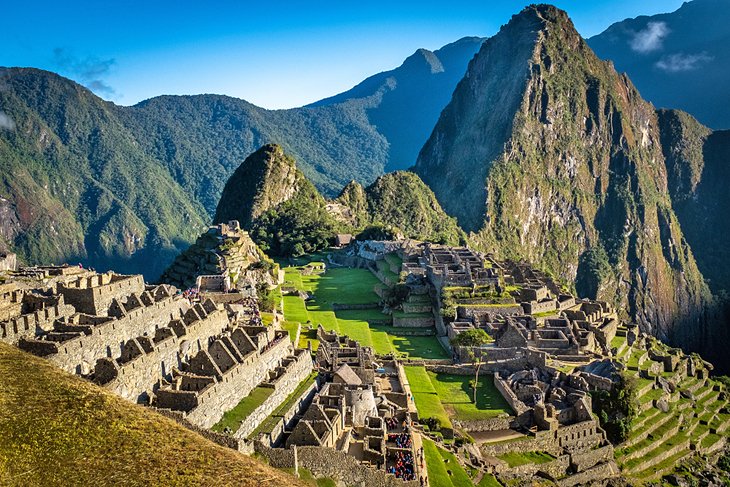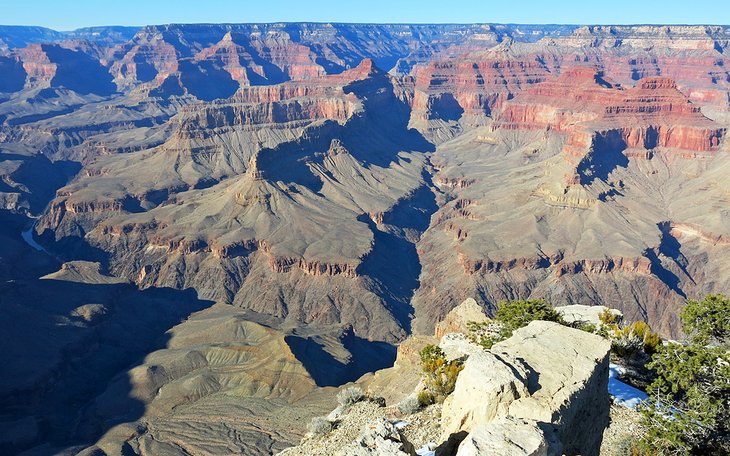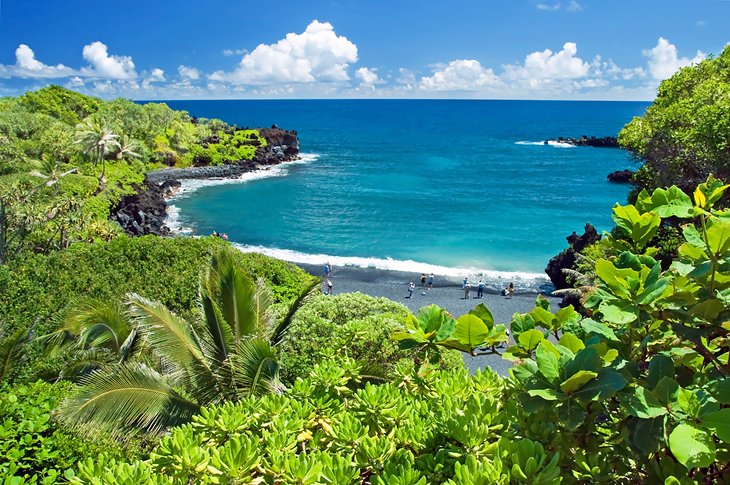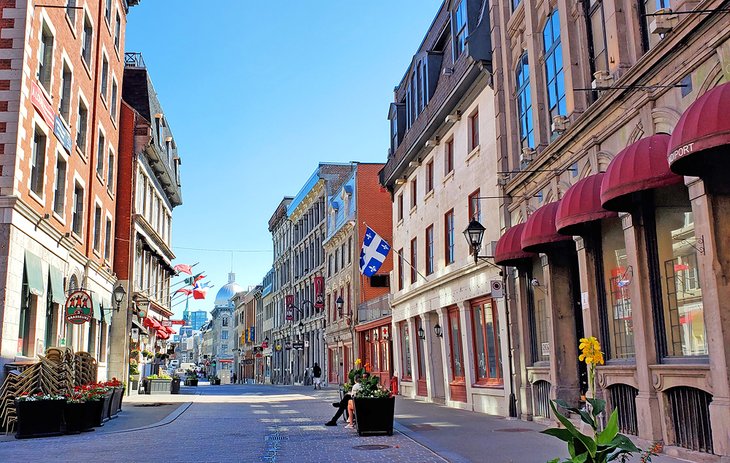
huge respect and love to all the soldiers...thank you for keeping my safe!❤
#superheros💓

huge respect and love to all the soldiers...thank you for keeping my safe!❤
#superheros💓

Located high in the Andes mountains of Peru, Machu Picchu is now believed to have been a sacred royal retreat for the Incan rulers. Built in the 15th century AD and abandoned less than a 100 years later, the remote site continues to amaze with its perfectly joined, mortarless, intricate stonework. Huge multi-ton blocks of stone are perfectly joined with each other, without the use of mortar or cement. The journey to Machu Picchu typically starts in the mountain city of Cusco, which was the capital city of the Inca Empire. Cusco is a fascinating place to explore—be sure to spend a few days there before or after your Machu Picchu adventure. It's possible to hike the Inca Trail from Cusco to Machu Picchu. The full hike takes five days, but you can also start closer and do a one-, two- or three-day hike along the trail. Most people take the train from Cusco, which takes about three and a half hours.
The Grand Canyon, Arizona


This Hawaiian island offers a wide range of experiences for visitors. You can surf, enjoy a meal on the beach at a five-star luxury resort in Wailea, ride a horse across a dormant volcano in Haleakala National Park, or hike through a rainforest in the West Maui Mountains. The natural scenery is amazing—it's truly one of the most beautiful islands in the world.
Montreal, Canada

I don’t know who loves me
La-la-la, ah-ah-ah
Ah-ah-ah
If you are planning on touring Bhutan, don’t fall prey to the culinary dangers that eating only at hotels and restaurants that cater to tourists will bring. Although some are excellent and have tempered the spices to appeal to foreign palates, we encourage travelers to venture beyond their comfort zone at least a few times and take their taste buds on a truly unique journey.
Traditional Bhutanese food has been influenced by its neighbors, especially China, Tibet, and India. But like the country itself, the local cuisine has been able to maintain its unique character. It’s less oily than Chinese or Indian food and spicier than most Tibetan dishes.
When you travel to Bhutan, take this list of our six must-taste Bhutan food items to sample at least once.
If there is one national dish to eat when touring Bhutan, this is it. It’s so ubiquitous that some say if you haven’t eaten ema datshi, you haven’t been to Bhutan. The locals eat the stew, which is similar to a curry, daily along with red rice. It’s made of green, yellow or red chilies, yak or cow’s milk cheese, onions and tomatoes. Taste very carefully, though. The chilies of Bhutan are high up on the Scoville Heat Scale and are meant to make you warm enough to sweat.
Although this mix of chilies, onion, tomato, garlic, coriander leaves and ginger is usually made with finely diced chicken, you will occasionally find it made with beef. Though often called a stew, there’s actually a hefty portion of liquid (chicken broth) in the finished dish. Like most Bhutanese food, it is served with red rice.
A classic Bhutanese stew of strips of boneless pork shoulder simmered slowly until tender with mooli (daikon radish), ginger, bok choy, and–you guessed it–chili powder. When finished, the stew is topped with dried pork and fresh green chili strips and served with rice.
This is one food that Western travelers may have sampled, since the momo has immigrated to India and is quite similar to the Chinese dumpling. Throughout the Himalayas–from Nepal and Tibet to Bhutan– these steamed buns are eaten as treats. They may be stuffed with almost anything, but the typical fillings are minced pork or beef, cabbage, or fresh cheese mixed with spices such as garlic, ginger and coriander.
Regardless of where you eat–from the elegant Aman and Uma resorts to an outdoor village festival, you will get red rice. Red rice is to Bhutanese food as bread is to the American table, but the rice is probably healthier. That’s because the rice paddies of Bhutan’s Paro Valley where the red rice is grown are irrigated with mineral-rich glacier water. Just one serving of Bhutanese red rice will give you 80 percent of your daily requirement for manganese and 20 percent of your need for phosphorus.
The red color of the uncooked rice comes from the cancer-fighting antioxidant, the flavonoid anthocyanin. As it cooks, the color fades to a paler red or pink and the texture becomes soft and sticky.
With your meal, you will be offered a variety of drinks–black and green tea, beer, and wine. But if you’re very lucky, you may be offered a glass of locally brewed ara (or arag), a fermented drink made from rice, maize, millet, or wheat. Ara tastes a bit like extremely, extremely strong sake. Cheers!
thank you for viewing!!❤